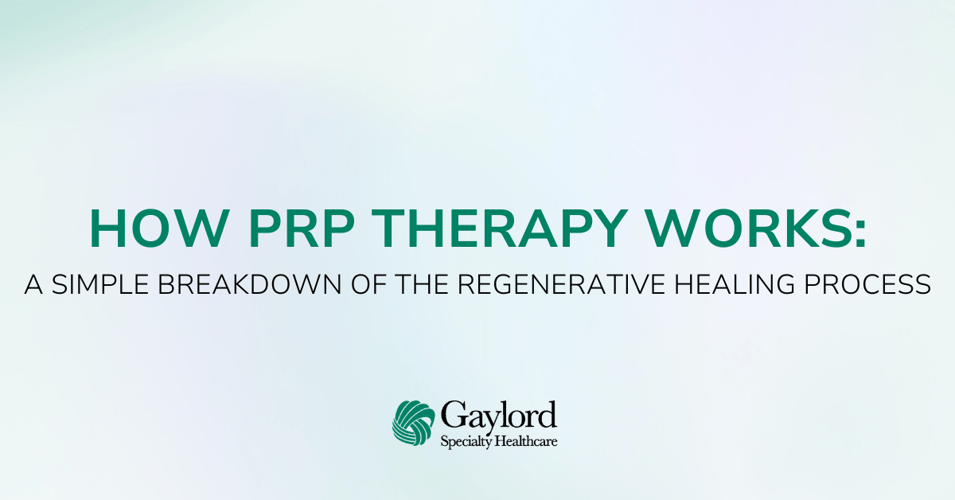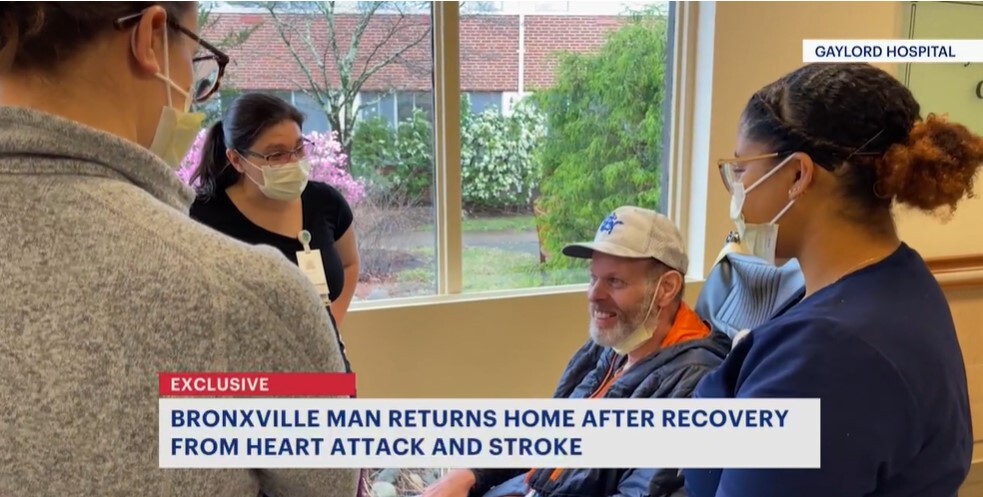
by Kaila Morin, PT, DPT, CBIS
Taking your vital signs is a staple part of nearly every doctor visit.
That’s because together, these indicators (body temperature, blood pressure, heart rate, respiratory rate, and oxygen saturation) can provide a pretty good snapshot of a person’s overall health.
Monitoring these vital signs over time can help your healthcare providers identify subtle changes or irregularities that can indicate a more serious problem and help shape your treatment plan.
But there is an often-overlooked vital sign to be aware of; one that can have a serious impact on your health: walking speed.
The Sixth Vital Sign:
Also known as the “functional” vital sign, walking speed can be a reliable snapshot of a person’s function and mobility.
Walking speed is more than just a measure of how fast one moves from point A to point B. As a reflection of your body’s cardiovascular, respiratory, musculoskeletal, and neurological functions, this indicator has the potential to predict health status and overall functional decline, frailty, fall risk, and the likelihood of future hospitalization or institutionalization.
Numerous studies have even established walking speed as a reliable predictor of mortality. Generally, a slower walking speed is associated with a higher risk of mortality while a faster walking speed is linked to greater longevity and better health outcomes.
Just as blood pressure is not the only sign of heart disease, it should be noted that walking speed cannot stand alone as the sole predictor of functional ability.
Measuring Walking Speed:
Walking speed can be performed with a quick and easy test administered by your doctor or physical therapist who can analyze your results against standard parameters for your age and gender. There are even norms that identify the walking speed needed to cross a street safely!
If a person walks slower than their age- and gender-related norm, it may indicate that they are at an increased risk of falling and future functional decline.
But is slow walking speed – and the associated negative health consequences that can come with it – something to live with the rest of your life? No, there is help!
Getting “Back up to Speed” with Physical Therapy:
If you are concerned about your gait speed or risk of falling you should consult with a doctor. Gait speed can be greatly influenced by many factors such as muscle strength, balance, coordination, and cognitive function.
A referral to physical therapy can also be helpful to address what is causing your slow gait speed. Physical therapy can help build lower extremity and core strength, range of motion, balance, and endurance and significantly reduce fall risk! A physical therapist can also provide you with specific safe exercises you can perform on your own or with assistance at home or at the gym to maintain your balance, strength, and function.
This content is for educational purposes only and is meant to provide general information. It is not a substitute for professional medical advice, diagnosis, or treatment. Always consult your healthcare provider with any questions or concerns about your health. In case of a medical emergency, contact your doctor or call 911 right away.
Related posts

